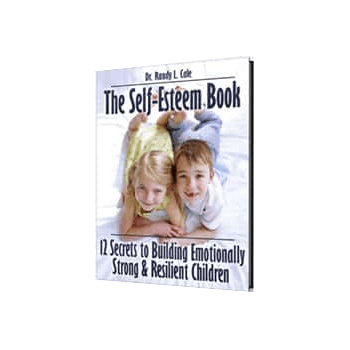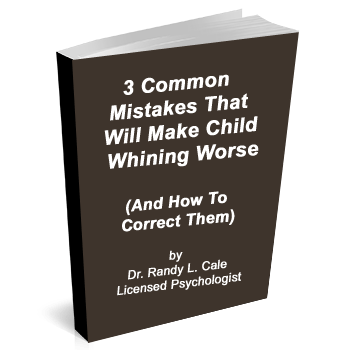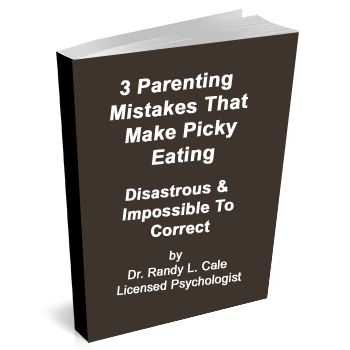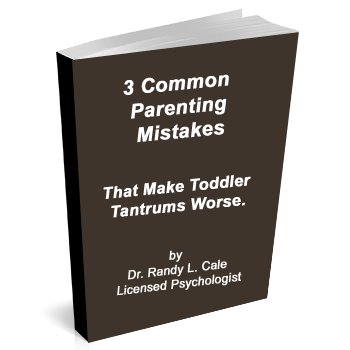One of the challenges of the Holiday Season is finding a way to communicate and teach children the enduring values that you want to attach to the season. Too often children walk away with the sense that the holidays are all about getting as much as you can. The value of giving, sharing, loving, and caring can get lost.
It is easy to get caught up in this as parents. You can find yourself out shopping for just the right toy or gift that your children want. Some parents even experience a sense of panic and fear that they might disappoint their children.
So, as we pause to reflect upon the meaning of the holidays, it is essential to reflect upon our behavior. Our choices as parents will either serve to promote the more enduring values we want to be associated with the season, or our behavior will encourage a focus on receiving “more and bigger”.
Given the brevity of this newsletter, I will not delve into the various positions and philosophies about how we ended up in this place. And what place is that, you ask?
It is a place where parents end up pushing each other to the floor for Pokemon card XXXX. Or pay $300.00 for a $10.00 item on eBay.
Or perhaps it’s just relinquishing our opportunities to smile and relax and enjoy the season while rushing to make sure that we find just the right gift that will make our kids happy.
There are and many other ways in which we surrender the spirit of the season. What follows is a brief discussion of four very practical strategies that you can put to use right away that will begin to expand your child’s perception of what the holidays are about. Some involve more effort. Some involve less effort.
I will assume for this newsletter that most parents want to promote values of gratitude, peace, joy, love, sharing, and happiness. So…..
If we intend to promote those values, how do we do it?
And, when those values are present over the Holidays, how can we help to make those valuable moments memorable and sustaining?
Teaching and Expanding The Values of the Holidays
As you read through the following suggestions, please keep in mind that it may be difficult to implement all four suggestions. However, if you can experiment with one or two of the suggestions that follow, I believe that you will notice not only a change in your child’s perspective but perhaps a shift in your outlook on the holidays as well.
Change the Questions You Ask Your Children. Questions????
What’s about questions? Questions are one of the most powerful tools that we have available to us. They constantly shape the direction of our thoughts, and thus our beliefs and our behavior. When we ask our children limiting questions, we create limiting experiences and beliefs.
One way in which we limit the experiences our children have of the holidays is that we focus our questions on limiting events.
In other words, what do children most frequently hear?
“What is Santa going to bring you?”
“What do you want for Christmas?”
“You have to be good so Santa will bring you the good stuff! “What did you get?” etc, etc,……
So what can we do instead?
We can use questions that serve to focus kids’ attention in the direction that we want. The simple method of doing this is simply to begin to ask children about the experiences that you want them to have. Examples might be:
“What will you be giving to your brother that will make him smile all year long?”
“In what loving ways will you show your grandparents that you care?”
“Why do mommy and daddy give you gifts around the Holidays?” “Have you ever noticed how grandma smiles when you open your presents?”
“In what ways can you easily and naturally spread joy and love this Holiday season?”
“As you’re opening your presents, how could you show your gratitude to everyone in ways that they will always remember?”
These are just a few examples of how questions can begin to guide children in a different direction. We want them to understand that giving and receiving is a wonderful experience, but it relates to other important values and feelings that endure throughout the year.
Engage the Family in the Values you Want to Promote!
Far too often, parents come into my office and report that their children complain about what gifts they received. Parents also report that they do not observe much in the way of love and compassion between siblings.
Yet these are often the same parents who are complaining about their neighbors, about their jobs, and about not having enough money in the checkbook for Christmas. Their kids know this and hear this.
To teach your children about love, gratitude, and giving, I would encourage you to engage the family in activities that allow you to model these values and traits.
Since children do not have financial resources available, encourage them to volunteer to help a neighbor, to sit with an elderly friend, or to clean up the parking lot at the hospital.
As parents, volunteer in a soup kitchen or adopt a family so that you can share your riches with others.
The more that you actively and openly engage in the values that you want to promote, the more your children will naturally learn from you and model these.
Be Actively Involved in the Experience of the Holidays!
When children open presents, parents and grandparents often end up sitting on the sidelines and watching their children and grandchildren.
Instead, BECOME an active part of the experience. As your child opens something that excites them, allow them to hear your voice, see your face, and share your joy. Be there with them!!!
Contrary to popular belief, you are not taking anything away from them. Instead, you are enhancing that experience and the joy they share in opening that gift. As you repeat this several times, their brain will associate that pleasure and joy with your face, your voice, and your laughter.
This is not a small thing! It’s very powerful for your children, and it can be very fulfilling for you as well.
(Do you want to add an almost magical piece? Interested? Then… as you involve yourself fully at that moment, you can also ask questions that extend the focus of their joy to moments beyond the present. For example, you could comment, “I know you will enjoy this gift for many years to come, won’t you?” Or, “I’ll bet you’ll love sharing this with your friends all through the year.” I’ll be talking more about these types of powerful language patterns in upcoming newsletters.)
So, in essence, this is simple. Be ACTIVE!…. Be ENGAGED….. Be JOYFUL with your children. On the floor. Share the experience WITH them.
And then add a few cool questions, pulling from what I covered in the suggestions about questions. It’s easy and fun!! And IT WORKS!
Encourage and Reward Acts of Giving and Caring.
Too often we find ourselves getting caught up and noticing where problems exist in our lives. Parents often do this with children, noticing siblings fighting, a lack of appreciation, or greediness. We can get frustrated, and start to comment about this and perhaps even openly discourage this behavior. Yet, the more this is discouraged, often the more problems return time and again.
To counteract this, promote and encourage acts of giving and loving. I read a wonderful story recently, where a family asks their son to choose a favorite gift he received each Christmas. They then take that gift, wrap it, and find a needy family, where the child can give that gift away.
The parents’ reports of this were heartwarming and affirming. They described their son as reacting negatively at first, but then quickly became caught up in the joy of giving. This would promote the true value that we all often have much more than we realize, and giving something of value away teaches a child a greater sense of appreciation of giving and receiving.
Something to consider anyway.
Another way that we can do this is by setting aside a specific time with the children to plan ways in which they can give to others. As mentioned earlier, this could involve acts in the community. This could also involve planning times for creating gifts to give to siblings or relatives. Or this may simply be asking children at breakfast to take a moment of silence and consider one way that they could show someone that they care. Then ask them to do it!
To ensure that the learning is strong, the next step is to make certain that you are paying attention when children are engaged in these activities of giving and sharing. As they do so, hug them and offer a comment, such as “I am so proud of you. You are such a loving child”. Or, “I noticed how easily you share your toys. That kind of thoughtful behavior makes me feel good inside!”
In this way, that momentary experience becomes more than an event. Your language now informs your child that this is a sign – a signal – of a characteristic about them. It signifies who they are.
In other words, not just a loving act. But an act of caring from a loving child!
Please do not be deceived by the simplicity of this. This is much more powerful than it appears. Practice awhile and notice the results of pairing precise language with your child’s behavior. (For a clear and concise description of ways to talk to your child to enhance their self-esteem, you can request a free article on “10 Ways To Enhance Your Child’s Self-Esteem” by sending a blank email to [email protected]).
Well, I know that this is quite a bit to digest. But just try the pieces that seem to fit for you. And if you’re feeling brave, I’d encourage you to step out of your comfort zone, and stretch yourself in every way possible to model what it is you most want your kids to feel this Holiday Season. If it’s joy, then model being joyful. If it’s gratitude, then model being grateful. Good luck!
Have a peaceful and joyful holiday season.














